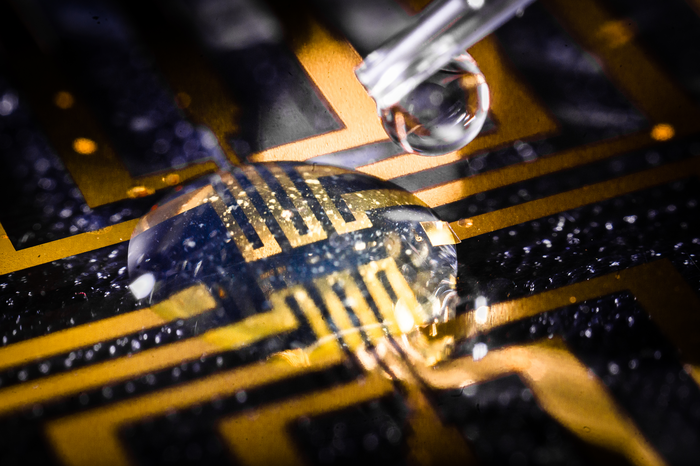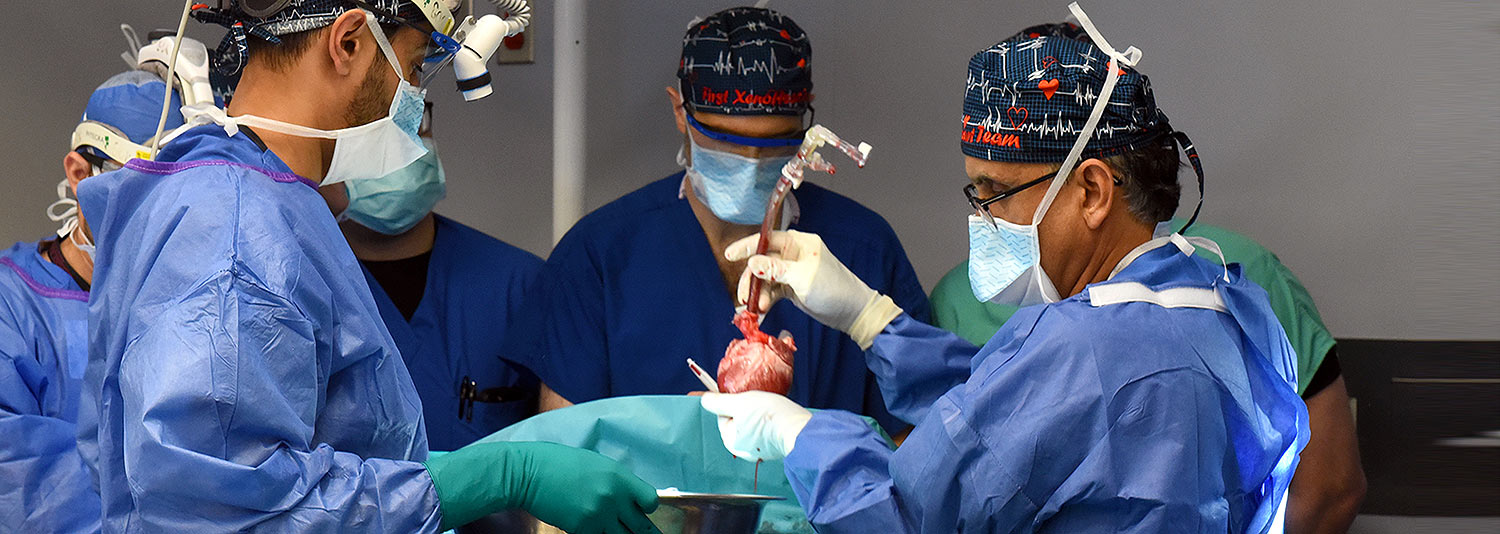Bioelectronic medical devices could enable targeted treatment of chronic diseases and also monitor the disease condition.
Now in a giant leap forward, scientists for the first time have successfully grown electrodes in living tissue to trigger them.
Scientists at Linköping, Lund and Gothenburg universities in Sweden have successfully forged electrodes in living tissue without the need for external signals or by modifying genes.
This could pave the path for the creation of fully integrated electronic circuits to treat neurological disorders. This could also potentially reduce the side effects of neurological treatments by selectively stimulating distinct nerves.
In experiments, the scientists successfully grew electrodes in the tissue of zebrafish and medicinal leeches by infusing a gel containing enzymes as the “assembly molecules”. Scientists observed the electrodes formed in the brain, heart, and tail fins of zebrafish and around the nervous tissue of the leeches. The electrodes were accepted by the brain tissue and immune system without harming the animals.
This technique opens the door for a brand-new approach to bioelectronics in the future where a viscous gel injection may replace implanted physical devices.
Although researchers acknowledge that they still have many problems to resolve, this research definitely serves as a good starting point for future research.







